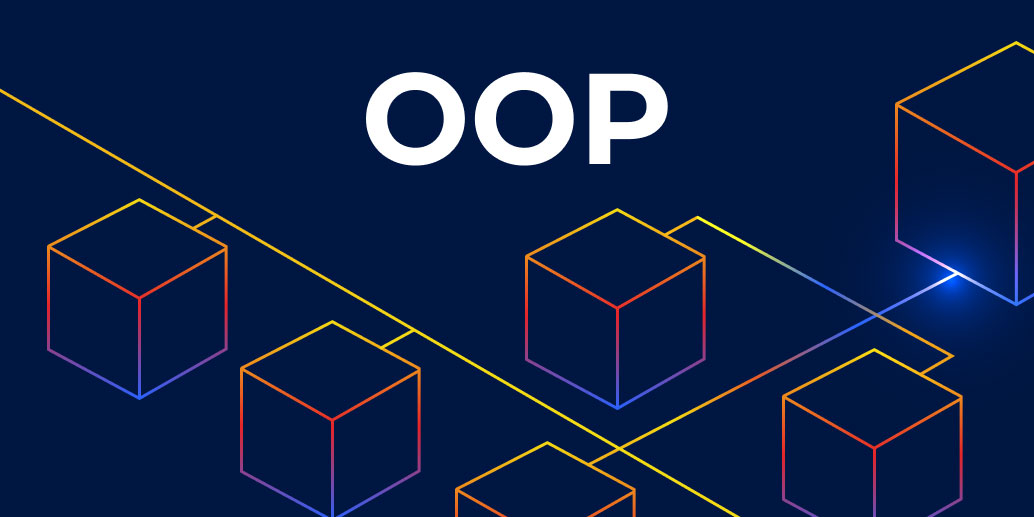Product management tips for high-growth environments: How to tame fires
Posted Nov 27, 2018 | 8 min. (1524 words)This article first appeared on the Product Management Insider blog.
As a product manager in a high-growth environment, I have come to accept that at any given time, something is on fire.
Or, at the very least, smoldering.
Five or so years ago, the team at Raygun, was just five people. Now, we’re building software products for businesses like Nordstrom. With this growth also comes many learning opportunities for a product manager like myself.
During our highest growth periods, I’ve found the key to effective product management lies in two main areas; taming fires and winning friends.
To survive in a high-growth environment, you must learn to prioritize and then get your team onboard, so the whole team becomes focused on the strategic direction of the company. In this post, I’ll share how I’ve learned to both tame fires and win friends along the way.
How to tame fires with extreme focus
Building a product is chaotic, and if you have too many fires and not enough buckets, you might find you spend too much time firefighting, not enough time building.
Product quality suffers from distractions, and problems determine your product direction instead.
In my experience, too many fires come from:
- Too many fires, not enough buckets
- Don’t know what you don’t know (you’re not technical enough)
- All problems are highly urgent and important
- Not enough / too many data points and not enough time to interpret
- Trying to be everything for everyone and solve all the things
Early on, I recognized that there was a need to put some fire-taming strategies in place.
Here’s what I do on a day-to-day basis to ensure things don’t get the better of me.
Keep a close eye on the performance of your products
Do you have a “release and pray” model?
Establish a clear line of feedback on performance, and invest in tools that will help you measure performance. For example, you may want to know if performance problems are affecting users in particular environments. I use our own tools, Real User Monitoring and Crash Reporting daily to understand how customers are navigating our applications and what problems they are experiencing.
Get help from the leadership team
Keep your leadership team in the loop. Most development teams have a daily stand-up and check in with the leadership team once a week.
Find a prioritization framework that works for you
Folding Burritos summarizes 20 prioritization techniques nicely and outlines that prioritization is the result of not having enough resources to work on everything — a very typical scenario in product management. Each prioritization framework caters to different needs but whichever one you choose will help you organize, prioritize and establish relationships between company and customer.
In my team, we lean heavily on our tools like Slack, Jira, and our own tool Raygun. Raygun’s Application Performance Monitoring (APM) and Real User Monitoring, in particular, helps me to see performance optimization tasks by priority, which is very helpful for when I’m prioritizing our engineering team.
Answer and help triage support tickets
The same way your marketing team needs to “get out of the office” and talk to customers to discuss pain points, so do product managers. Intercom and customer support are your next best thing. Answer support tickets as much as you can and frequent your company forums so you can understand your customer’s problems more. Your technical knowledge will also be put to the test here, and will keep you on your toes!
Get to know your co-workers and their strengths
You are responsible for outcomes, not inputs, and to do that, you must be able to rally your team around your ideas. In a high-growth environment, you simply can’t afford internal team politics. Knowing the right person for the job can cut out a lot of time, instead of a generic Slack message saying “Can anyone help me with…?”
Reduce the number of metrics to three
Something I learned early was that too many fires are a result of overwhelm, so I learned to follow only three metrics closely, and keep the rest in my peripheral vision:
- NPS
- Releases
- Activation percentage
Quarterly deliverables to keep the team (and yourself) on track
One thing that works well here at Raygun is setting a quarterly product deliverable, so surrounding your smaller must do’s into one overarching theme. We take it a step further, and ask design to make posters to put around the office, and have a team celebration once we meet that goal. We create a clear “definition of done” which keeps us on track for three months — which sounds like a while, but it always flies by!
Focus on the outputs, not the inputs
I did mention this a little earlier, but, no-one cares about the inputs, except you! So don’t fret too much about the details. In my team, we adopt Facebook’s previous motto with a twist. (The latest being “move fast but with stable infrastructure”) We say: “move fast and break things — but fix them quickly.” This keeps the development team’s technical debt to a minimum, and you customers reassured that if something has a problem, it will get fixed in a reasonable time frame.
Move fast and break things — but fix them quickly.
Product Managers need to evolve with the company growth
When moving quickly, it pays for product managers to be a few steps ahead by anticipating company needs before they arrive. Where will your company be in three years? Or five? Or ten? You don’t need to know exactly, but it’s a fun thought exercise and can help you sort opportunities from distractions.
Soft skills: How to win friends while taming fires
Your soft skills are your best friend as a product manager. You must be able to rally your team around a goal.
I’ve found that common challenges to winning friends while taming fires are:
- Not communicating enough
- Not communicating promptly
- Stakeholders might (unintentionally) withhold information from you
- Timezone/location challenges (if in a different country)
- No one knows what you do, or thinks you don’t do much!
As Raygun has grown, I’ve continued to work on the communication process, especially because our team is multiplying and everyone needs to be in the loop — from marketing to board members.
Here are the things I do to maintain open communication lines throughout the product lifecycle.
Internal communication: Bi-weekly product updates
Every two weeks, I send a simple PDF slide deck into the office channel talking about what is coming up. The slide deck is a high-level view of everything from minor performance updates to significant feature releases. Above all, these notes are for the whole company, so I make sure they are written in a way that’s accessible to both technical and non-technical stakeholders.
If you are interested in creating your own, every update I send has:
- A big stamp saying “Internal only” (you never know!)
- Is organized by product
- Dates of intended release
- Name of the feature and who is building it
- Product shots from mocks
- A few lines about why we built it, and which persona it is intended for, the benefits and the differentiators
- What’s coming up in the next quarter, the next month and the next two weeks
Regular marketing catch-ups
Every two weeks, I meet with the marketing team for a catch up around what needs to be announced. This way, we can add announcements into the content calendar. If it’s a larger feature or even a new product, this also gives us time to organize messaging and a launch strategy.
Maintain excellent communication with customers
To keep in touch with our customers, I send a monthly newsletter by email with all product releases and any significant marketing announcements. Any product updates get their own blog announcement and documentation which are then sent via an in-app message in Intercom.
Maintain clear communication with investors
A habit we got into early on was to send monthly Raygun updates to let our investors know what we are working on, and which releases are coming up. Our CEO John-Daniel Trask wrote an article about what a good investor report looks like.
Taming fires and winning friends are skills
Both prioritizing tasks and maintaining healthy communication are skills that are learned, which means they can be improved. Here are a few of my favorite books that help me on my journey:
- Agile Product Management, Paul VII
- Build Better Products, Laura Klein
- Designing Products People Love, Scott Hurff
- Hooked: How to Build Habit-Forming Products (Personal favorite), Nir Eyal
- Product Leadership (Personal favorite), Richard Banfield
- Scaling Up (Personal favorite), Verne Harnish
- Strategize: Product Strategy and Product Roadmap Practices for the Digital Age, Roman Pichler
- The Four Steps to the Epiphany (Personal favorite), Steve Blank
- The Lean Product Playbook, Dan Olsen
- The Practitioner’s Guide to Product Management, Jock Busuttil
- The Principles of Product Development Flow, Donald G. Reinertsen
- Validating Product Ideas, Tomer Sharon
The role of tools is also vital for product managers. The Raygun Platform will help keep overwhelm at bay and put the data behind the decisions you make as a product manager.


